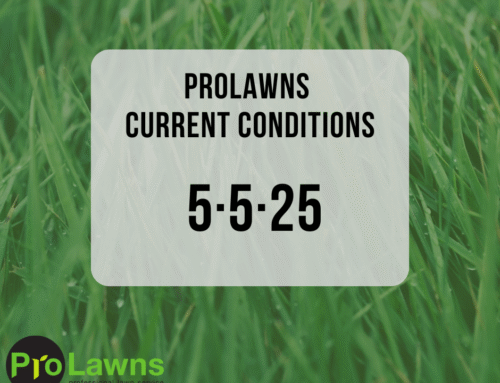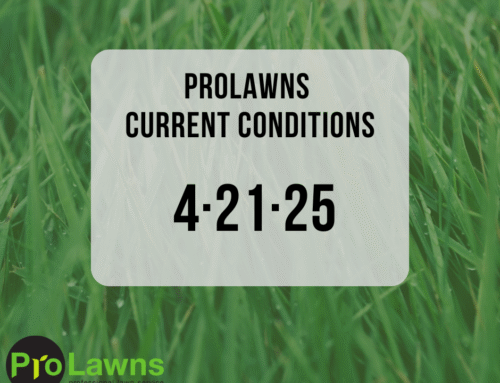What we’re noticing:
- It’s Fall y’all
- Seems like the rust disease disappeared overnight like we said it would 4 days ago 😜.
- Cooler temps and….
- RAIN!
- Most of our service area probably got about 1/2 of what’s normal in a week but when we’ve experienced one of the driest growing seasons in the last 150+ years, it seems pretty significant and the lawns will respond.
- Monday rainfall:
-
- Friday morning rainfall:
What we’re doing:
- Our regular Fall applications to winterize our lawns to go into next season great!
- We’ll be starting our final landscape bed round next week.
- We’re finishing up our final ProSquito application this week and maybe into next Monday (we’ll see how much Friday’s rain slowed us down).
- We’ve talked about how this final service isn’t just for the Fall mosquito disease peaks but also protects you and your property from other pests like ticks… but did you also know this application is critical for Flea protection as well!?!
- Fall is the peak flea season. The Fall “flea surge” can increase the number of fleas trying to find a home on our animals by 70% versus the summer months.
What you can be doing:
- While watering is still so critical with the drought we’re in; start to keep in mind the average day we get our first 32* night (Oct 10th). ~Three and a half weeks away if average. Prepare for it to be sooner and consider your sprinkler systems and faucets.
- Start to watch the colors change!
- There isn’t a need to start changing your mowing height yet but start thinking about it.
- As grass goes into Fall it starts to transition from top growth to root growth. Top growth will really slow down or stop.
- The goal will be to continue cutting weekly but if the lawn “doesn’t need it” because top growth is slowing; lower the height setting a notch and mow anyway.
- Continue doing this weekly until the first sign of “scalping” then don’t go any lower.
- Lower cut grass going into the winter will reduce snow mold diseases and reduce vole habitat.









